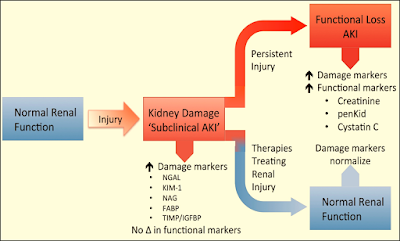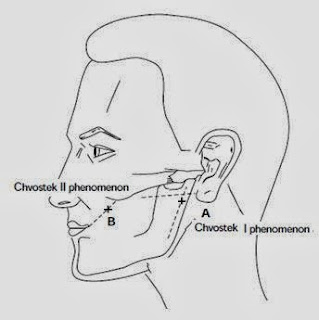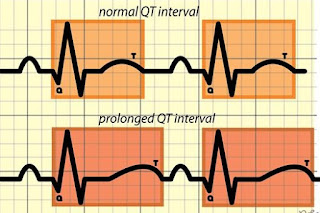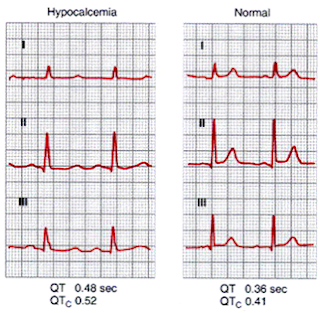INVOS™: In Vivo Optical Spectroscopy
Overview:
➧ INVOS™ system technology gives a noninvasive “window” to the body’s microvasculature; a direct and dynamic site of gas exchange that transports about half the body’s blood volume.
➧ Measuring blood oxygenation in the microvasculature results in sensitive and site-specific insights on perfusion adequacy and multi-sensor monitoring gives data about perfusion distribution across the brain and body.
➧ The non-invasive INVOS System reports the venous-weighted regional hemoglobin oxygen saturation (rSO₂) in the tissue under the sensor; reflecting the Hb bound O₂ remaining after tissues have taken what they need. Decreases in this venous reserve indicate increased ischemic risk and compromised tissue perfusion.
Clinical applications:
-Cerebral application: Brain area measurement
-Somatic application: Tissue area of measurement
Principle:
➧ The INVOS™ system utilizes near-infrared light at wavelengths that are absorbed by hemoglobin (730 and 810 nm). Light travels from the sensor’s light-emitting diode to either a proximal or distal detector, permitting separate data processing of shallow and deep optical signals.
➧ INVOS™ system’s ability to localize the area of measurement, called the spatial resolution, has been empirically validated in human subjects.
➧ Data from the scalp and surface tissue are subtracted and suppressed, reflecting rSO₂ in deeper tissues. This same concept applies to somatic monitoring.
➧ The result is continuous, real-time adequacy of perfusion data in up to four sites of your choice.
Clinical characteristics:
1-Noninvasive
2-Continuous, real-time
3-Capillary (Venous and Arterial) sample
4-Measures the balance between O₂ supply and demand beneath the sensor
5-End organ oxygenation and perfusion
6-Requires neither pulsatility nor blood flow
Interpretation Values:
1-Cerebral: High blood flow, High O₂ extraction:
➧ Typical rSO₂ range: 60-80%; assuming SpO₂ is > 90%.
➧ Common intervention trigger: rSO₂ < 50% or 20% change from rSO₂ baseline.
➧ Critical threshold: rSO₂ < 45% or 25% change from rSO₂ baseline.
2-Somatic: Variable blood flow, Lower O₂ extraction:
➧ Variances in the cerebral-somatic relationship may be indicative of pathology.
➧ Watch for drops of 20% below patient baseline.




































